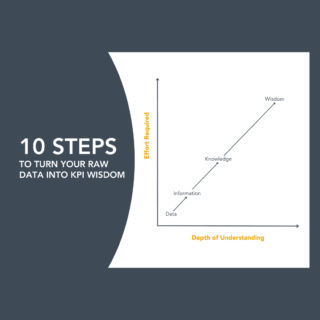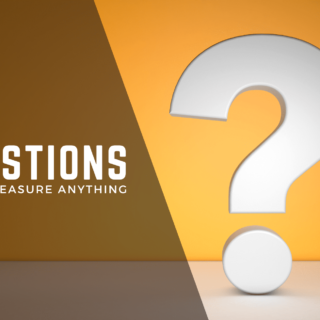As we get closer to the end of the year and contemplate 2015, you and your organization’s leaders may have sat down to do your strategic planning. You have likely talked about your purpose, desired future state, position in the marketplace, maybe values and possibly set some top priorities.
Now what? In my experience, this is where many of the organizations I meet with have gotten stuck in the past. They ask, “How do we create that clear line of sight for our employees that we so desperately want? How do our leaders consistently tell our strategy story so that our teams choose the best course of action?”
This is where a strategy map can be a useful tool. The most well-known strategy mapping process was developed by Harvard professors Kaplan and Norton as part of their methodology called the Balanced Scorecard. Though I see many different variations being used in the marketplace.  The benefit of strategy mapping is that it facilitates the discussion for what performance measures and which activities to choose. By providing a simple visual presentation of which objectives are to be focused on, leaders and teams can quickly and easily understand how to align to what is most important. The added visual clues of perspectives and relational arrows help teams see how their activities and outcomes have the impact on achieving the strategy. The map is also an effective communications tool that enables internal teams to tell the same story of how the organization delivers value to its customers and achieves its financial goals. It answers the questions “How are we going to achieve our vision and deliver on mission?” as well as “Why are we focusing on these particular objectives?”
The benefit of strategy mapping is that it facilitates the discussion for what performance measures and which activities to choose. By providing a simple visual presentation of which objectives are to be focused on, leaders and teams can quickly and easily understand how to align to what is most important. The added visual clues of perspectives and relational arrows help teams see how their activities and outcomes have the impact on achieving the strategy. The map is also an effective communications tool that enables internal teams to tell the same story of how the organization delivers value to its customers and achieves its financial goals. It answers the questions “How are we going to achieve our vision and deliver on mission?” as well as “Why are we focusing on these particular objectives?”
Be aware that building a sound strategy map does require a degree of expertise. In addition, you have to ensure you have built a true strategy in advance of mapping and that you continue to flush out the details of each objective and what you want to achieve with each one of them. Having the discussion about what you want to achieve within each objective is a profoundly powerful conversation and the absence of this conversation is where many strategies fail to be well executed. Describing the end game or result of each objective is where the performance measure comes from, as well as more accurately informs what activities you should pursue.
The idea of articulating what you truly want to achieve and measure for each objective leads me to introduce a perhaps lesser known, but equally powerful form of strategy mapping. It is called “results mapping.”
So what is Results Mapping?
Results mapping, developed by Stacey Barr, is different from Kaplan and Norton’s strategy mapping because it maps what you are trying to achieve instead of the continuous improvement you seek.  Instead of telling the story of casual relationships that move only upwards (as in strategy mapping), a results map tells the less linear story of how all of an organization’s results have relationships – whether conflicting, companion or cause-and-effect. And, it emphasizes that strategies need a series of feedback loops that help indicate if you are really making progress on achieving your priorities. The results map ensures your leaders gets crystal clear on what you are trying to achieve in language that is not vague, but direct. This process also sets you up to find more meaningful measures and increases a team’s chances of choosing activities that will truly improve performance.
Instead of telling the story of casual relationships that move only upwards (as in strategy mapping), a results map tells the less linear story of how all of an organization’s results have relationships – whether conflicting, companion or cause-and-effect. And, it emphasizes that strategies need a series of feedback loops that help indicate if you are really making progress on achieving your priorities. The results map ensures your leaders gets crystal clear on what you are trying to achieve in language that is not vague, but direct. This process also sets you up to find more meaningful measures and increases a team’s chances of choosing activities that will truly improve performance.
Within my dust-free strategy practice, I use and instruct on both forms of mapping. Both have advantages and both have learning curves to acquire a bit of specialized knowledge. But once learned, the advantages for execution in the long term far out way the time investment needed to build the story.
Contact me to discuss how these tools may benefit your organization’s strategy execution and what it takes to build them in your organization. For more reading on results mapping, visit Stacey Barr’s website and check out Stacey’s new book Practical Performance Measurement. For lots of details on strategy mapping, get a copy of the Balanced Scorecard Institute’s book The Institute Way: available as an e-book as well as hard copy.


